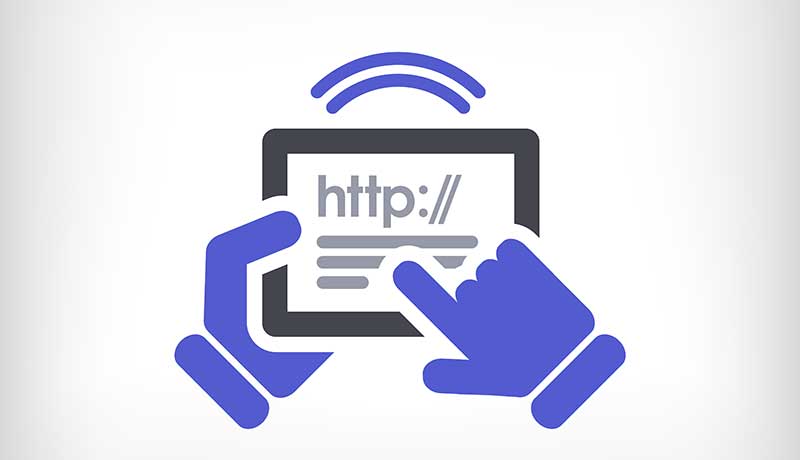In today’s digital world, clicking on a suspicious link can potentially expose personal information or compromise a user’s security. This article discusses how clicking a link can impact security and whether such actions lead to significant risks of hacking or exploitation. We delve into privacy concerns, browser vulnerabilities, and potential measures to improve online safety.
Introduction: The Myth and Reality of Link-Based Hacks
When it comes to the security risks of clicking on a link, many people assume that clicking alone can lead to catastrophic hacking events. However, while it’s true that certain types of links can initiate tracking or data harvesting, the risk of “click and hack” is more nuanced.
1. Basic Security Threats and Tracking
- Browser Data Collection: Modern browsers prevent direct code execution from links alone. However, trackers can still collect information like your IP address, browser type, and device specifications.
- Information Harvesting Through Links: Tools like “Grabify” can gather basic data when a link is clicked, including location, ISP, and sometimes even battery status.
- Preventive Measures: Using a VPN and tools like private or incognito browsing can reduce data leakage.
2. Link Customization and Masking
- Custom URLs and Spoofing: Link shorteners or custom URLs (like Grabify) can disguise tracking links as trustworthy URLs. This can lead users to unknowingly expose themselves to tracking without realizing it.
- Fake Landing Pages: Some custom links lead to disguised pages, making it harder for users to detect if they are being tracked.
3. Advanced Exploits
- Cross-Site Scripting (XSS): This form of attack allows a malicious link to access browser session data if it finds a vulnerability in the browser or a particular website.
- Zero-Day Exploits: Although rare, state-sponsored actors or skilled hackers may exploit browser vulnerabilities, especially in unpatched or outdated browsers, allowing remote code execution without user interaction.
- Sandbox Escapes: For this to happen, hackers typically need a vulnerability in the JavaScript engine. They can then inject code through a website to compromise a browser’s security. This approach is highly sophisticated and rare, especially with today’s stringent browser security.
4. Browser Fingerprinting and Privacy
- Browser Fingerprinting Tools: Websites like “Am I Unique” assess browser configurations, identifying unique attributes such as screen resolution and GPU type.
- Privacy-Focused Browsers: Tools like Mullvad Browser and Tor can restrict such fingerprinting, though this may affect the browsing experience.
5. Prevention Tactics
- Using Incognito Mode: Private browsing sessions limit the amount of personal data websites can access.
- Employing a VPN: VPNs anonymize IP addresses and location, making it harder to track users.
- Disabling JavaScript: While JavaScript is essential for most modern websites, extensions like “NoScript” can limit JavaScript from running on untrusted sites, thereby mitigating risks from unknown sources.
Conclusion: Risks and Recommendations
The reality is that most people will not face serious consequences from clicking a link unless they become a target of specialized, sophisticated attacks. Nevertheless, understanding these security aspects and practicing cautious browsing can significantly enhance online safety.
